By: Tenzin Choeying
“No death, no doom, no anguish can arouse the surpassing despair which flows from a loss of identity”.
– H.P. Lovecraft
On 10th December 2020, the 31st anniversary of conferment of the Nobel Peace Prize to His Holiness the Dalai Lama coincided with the commemoration of the passing away of Je Tsongkhapa, a highly revered saint and scholar of Tibetan Buddhism.
It is reported that on that day in the Tibetan capital Lhasa, there was tight surveillance with a heavy police presence keeping strict watch over the people.
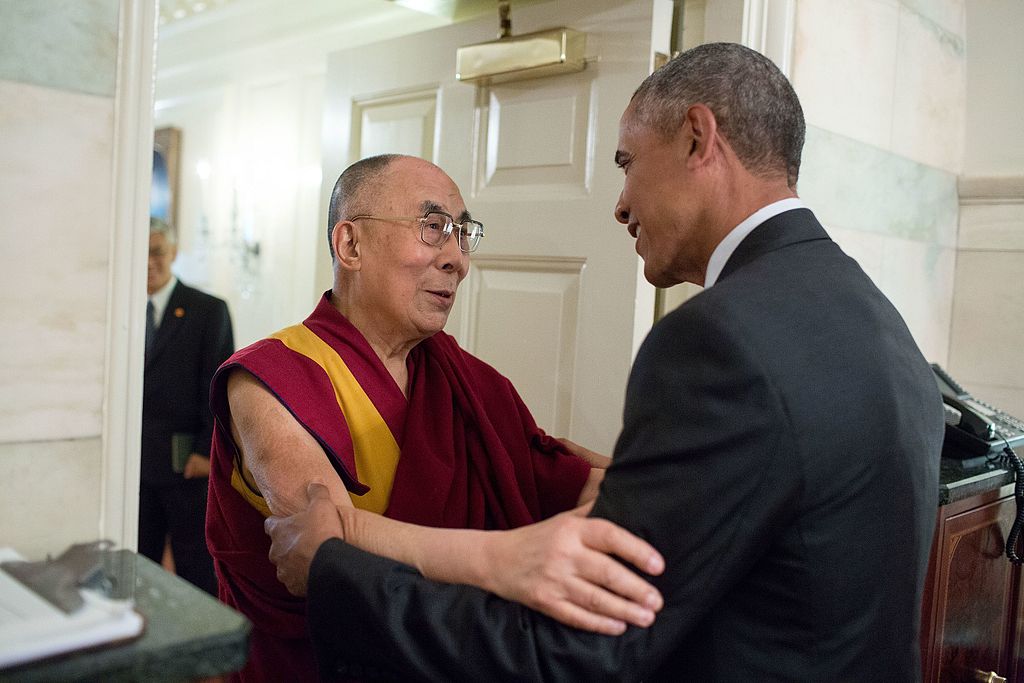
While China does not allow Tibetans to observe any religious festivals, such tight surveillance is evidence of how the Chinese Communist Party (CCP) acts to repress the religious and individual freedoms of the Tibetan people.
In 1950 Tibet lost its freedom when the CCP annexed Tibet, in what Beijing called “the peaceful liberation of Tibet” but for Tibetans it was simply “the brutal and unlawful invasion by the Chinese”.
With Over 1.2million Tibetans killed, thousands of temples and monasteries destroyed, and thousands of people imprisoned, the Dalai Lama and numerous other Tibetans were forced to flee Tibet.
And to date, more than 150 Tibetans have self-immolated with various reports describing Tibetan’s human right violations, as a grim story in the once” hidden Shangri-La” s now well known to the world.
Though China claims a supposedly ‘rightful‘ inheritance over Tibet, the history of Tibetans never mentions China’s rule.
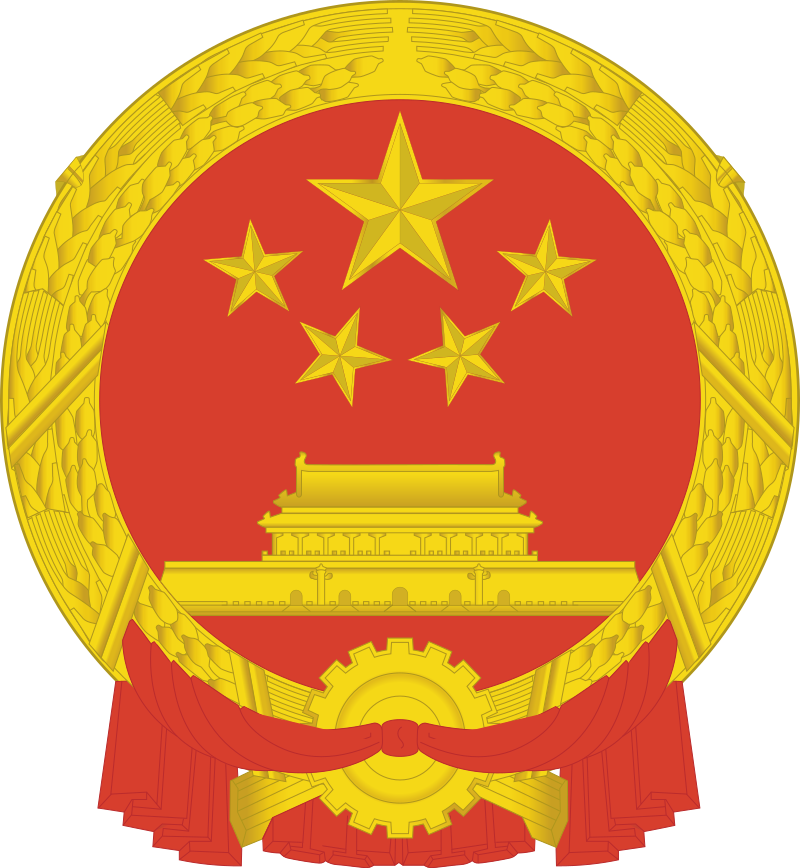
Moreover, Tibetan sentimentality and loyalty does not lie with the Chinese, but rather with the sense of being a Tibetan and with the Dalai Lama.
As such, even after all these years’; Tibetans still yearn for freedom and independence.
But with the CCP’s great fear of separatism, just having a sense of being a Tibetan is seen as a threat.
‘All‘ China wants, is to bring Tibet completely under the rule of Beijing.
To achieve this they have undertaken the physical destruction and cultural genocide of all things Tibet and Tibetan since Day 1 of their invasion.
On 19th May 2020, a Tibetan singer named Lhundup Dhakpa was a given six-year prison sentence for simply singing a song called “Black Hat” in which the lyrics criticised the CCP.
Two lines of his song read, “A language which is more valuable than (a) wishing gem, has been tied by the net of thousands of ways” (sic).
Through the years Tibetan artists and many others have been imprisoned, and even tortured and killed for speaking up for their own identity.
Yet, while the majority of the six million Tibetans alive today are inside Tibet, many fled into exile in the years after 1959, especially so during the 1980s and 90s.
In exile, till now the Tibetan community has been very successful in preserving their identity intact.
Scholars have proclaimed Tibetan refugees to be the most successful refugee community across the world.
But despite such success, being away from their homeland and exposed to the influences of a free world with westernization and cultural homogenisation, has threatened the very threads of Tibetan identity for Tibetans in the diaspora.
Being closely knit helps to preserve a community’s identity, but in recent years there has been a decline of populations in many Tibetan settlements.
In school, with the smaller number of Tibetans coming from Tibet and migration of Tibetans in exile to the west, the number of Tibetan students is decreasing.
While It is evident that most youths lose their identity once they settle in the west, even for the majority staying behind, many struggle with learning the Tibetan language, let alone having an admiration for it.
Vis-a-vis the Tibetan language, in a century where Tibetan Buddhism has gained a degree of mainstream popularity, Tibetan youths don’t seem to see its value and even think they should just leave it to the monks, nuns and the older generations to use.
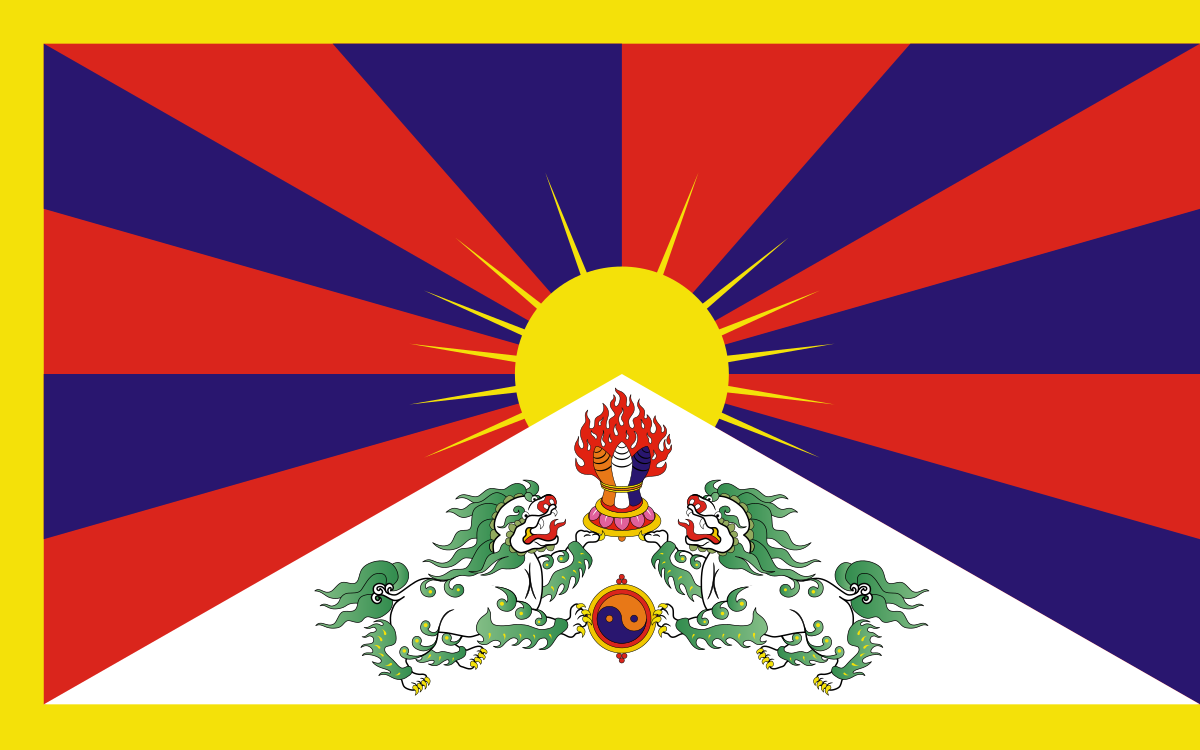
Fortunately, more and more Tibetans are starting to recognize this ignorance, and it is being addressed in small but effective methods such as the celebrating of Lhakar (white Wednesday) where Tibetans in various parts of the world wear chupa (traditional Tibetan dress) eat tsampa (a staple in the Tibetan diet), recite prayers, and try to speak as clear a form of Tibetan as possible for the day.
In addition, during this time of pandemic many Tibetan youths have started creating YouTube channels, on which they speak in Tibetan and also create Tibetan related content.
It is inspiring to see the youth taking pride in their own identity and looking for ways to preserve it.
But while the issue of identity loss in exile is primarily a result of cultural changes and ignorance, the issue in Tibet is deliberate and extreme.
The followings are ways and policies adopted by the Chinese to carry out the eradication of our Tibetan identity.
1)Destruction and Sinicization of Tibetan Buddhism- During the 2017, Kalachakra held in Bodh Gaya, the chairman of the Kalachakra committee stated that nearly 7000 Tibetans from Tibet who came to attend the teaching were compelled to return back from whence they had come.
Over the years many Tibetans who had attended the Kalachakra, were imprisoned and sent to labour camps for days upon their return.
My own aunt, who attended the 2007, Kalachakra faced a lesser punishment at that time, but she still had to leave behind all her religious belongings at the border.
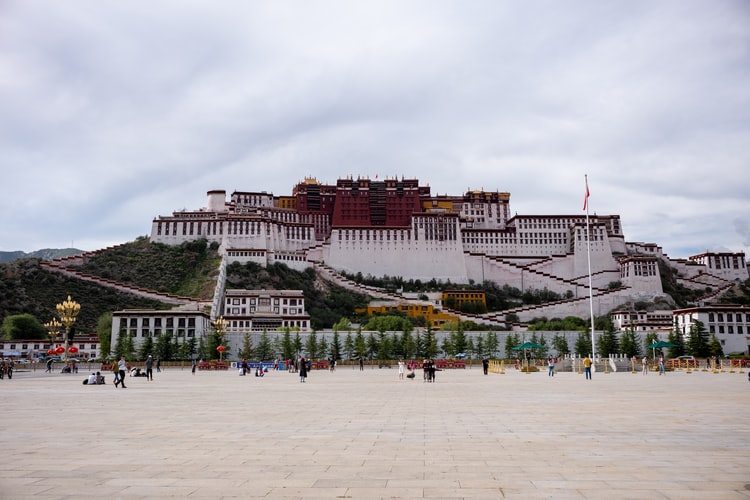
This is a small example of how the CCP tries to break the influence of The Dalai Lama and Tibetan Buddhism which is a very important factor describing the identity of Tibetans.
In recent years, the destruction of Tibetan Buddhism has taken another turn – its Sinicization.
In July 2019, the Sinicization of Tibetan Buddhism was formally approved at the 19th standing committee meeting of the Buddhist Association of China in an attempt to take more control over Tibetan lives.
In 1995, The Dalai Lama had identified the reincarnation of the late Panchen Lama but the newly identified Panchen Lama was abducted, and his position was given to a state sponsored Panchen Lama in the form of a Chinese puppet.
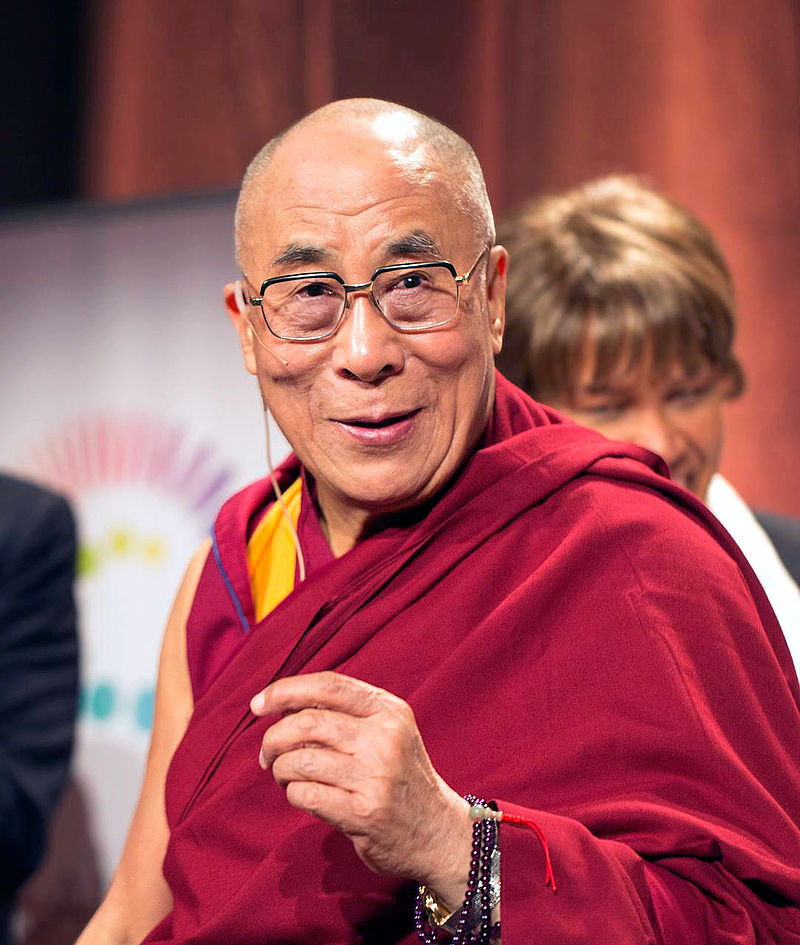
Ignoring the age-old Tibetan traditions, in 2007, the Chinese government issued a document called “Order No.5 ” stating that any reincarnated Lama could only be recognised by the CCP.
To date, under their guidelines, more than 1300 reincarnated lamas have been recognised in Tibet.
The Lamas are bound to promote party policies even in the religious institutes.
China also claims that the 15th Dalai Lama will be determined by them, which only serves to contradict how China is itself trying to eradicate the influence of the Dalai Lama over the Tibetan people as Tibetans are not even allowed to display his picture.
Such claims, and with the destruction of Larung and Yarchen Gar, and so many other monasteries and the persecution of monks and nuns shows us that China’s claim over Tibetan Buddhism is nothing but blasphemy.
2) Marginalising the Tibetan language- A few years ago, a friend of mine went to Kham, in Tibet to meet her family.
Returning, she told me an amusing story which made me laugh – but also made me sad.
Being in exile most of her life she could not speak, or understand Chinese.
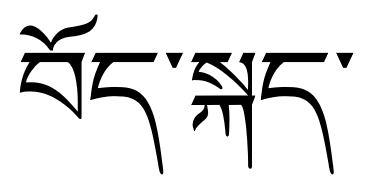
Arriving in Tibet, one day she had to buy a pencil for herself while alone, so she went and found a stationary shop.
The Chinese shopkeeper couldn’t understand when she asked for shanyuk (Tibetan for pencil) and she couldn’t speak Chinese, so, unsuccessful, she returned home.
She also told me that though at home her family communicates in Tibetan, in daily life it is Chinese that they have to use more frequently.
With no national sovereignty and political autonomy, language is one stronghold to protect one’s identity but in Tibet, even that is hard to maintain.
From streets to schools, the Chinese language is the one used.
In 2019, the CCP issued local directives in many rural townships in the TAR asking people to use Mandarin as their main medium of instruction.
But this policy dates back much further than 2019.
In the 70,000-character petition submitted by His Holiness the 10th Panchen Lama, he complained that despite the rule as was at that time, all government documents should be in both Chinese and Tibetan, yet only Chinese is used.
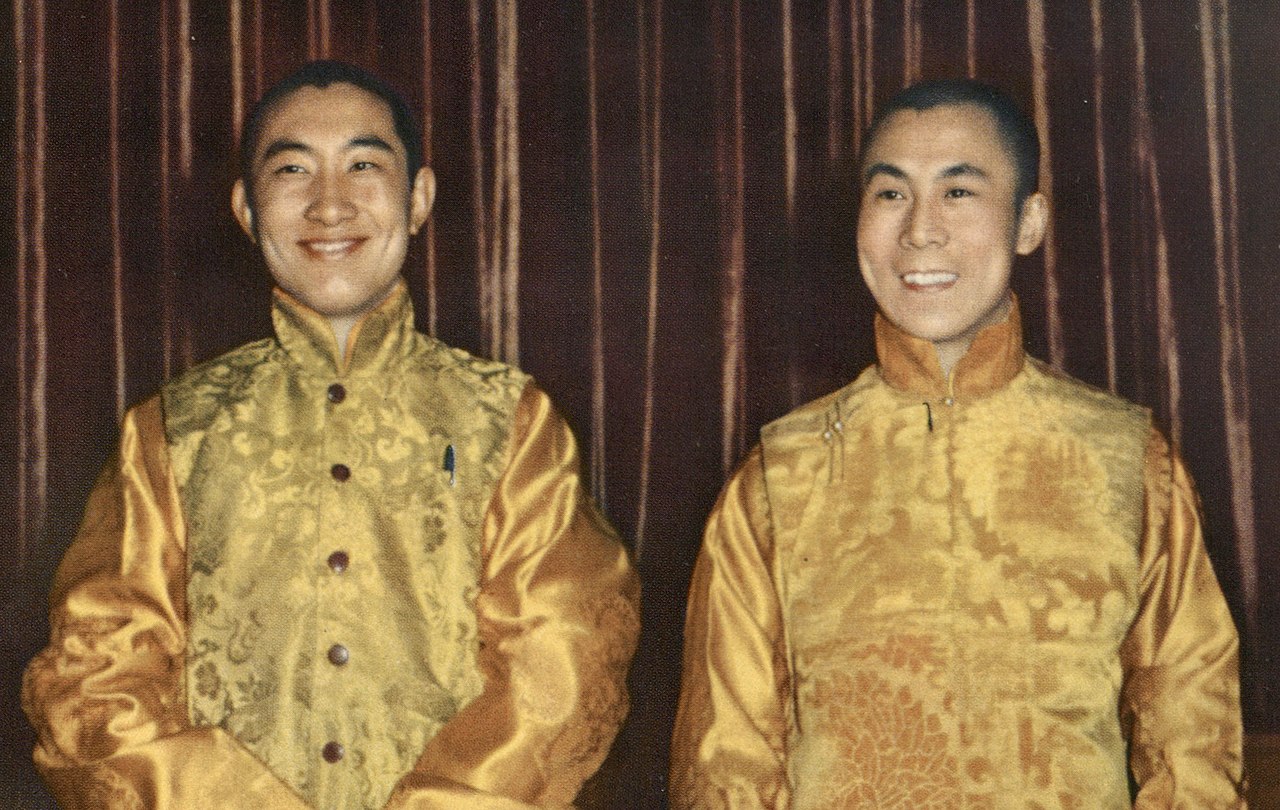
Both in government and in the education sectors, the Chinese language is used instead of Tibetan.
And in the present day, it is mandatory from kindergarten for children to learn Chinese.
The Tibetan language is taught only in Tibetan language class till a certain grade.
Since the 1980s, in Southern Mongolia, as a result of a similar policy, the number of students taught in Mongolian has reduced by 80% with the remaining 20% also now under threat.
The case in Tibet is not much different as with the large-scale migration of millions of Chinese settlers into Tibet, Tibetans have become a minority in Tibet itself.
On top of all this, the CCP is promoting and encouraging marriages between Han Chinese and Tibetans to create a mixed society of people who feel more Chinese than Tibetan.
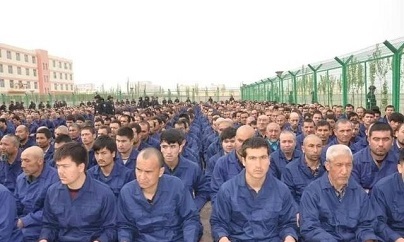
3) Labour camps and relocations- The Internet and the news media has been abuzz of late with the news of labour camps in Xinjiang, but such policies are also carried out in Tibet.
The Jamestown Foundation reported that a massive labour program was similarly organized in the TAR.
It described how “rural Tibetans are forced into militarized training regimes in facilities for thought transformation, patriotic & legal education, and (to learn the) Chinese language”.
Also, In the name of urbanisation and poverty elevation, thousands of Tibetans are relocated and are losing their cultural livelihoods which, rather than benefitting anyone, is making the average Tibetan’s livelihood worse.
On October 13th, 2020, China was then elected as a member of the Human Rights Council, and has pledged to protect and promote Human Rights, but what China is doing in Tibet and with other minorities is the opposite.
Tibet is even rated the second least free country in the world by the Freedom House.

But Tibet is not the only one struggling under the CCP.
The Uyghurs and Southern Mongolians are also being oppressed as are Hong Kongers and many other Chinese under the current government.
To this end, those facing the same struggle must unite in solidarity as we saw on October 1st 2020 with the “Global day of Action”.
In Tibet, even under the hard policies imposed on them, Tibetans have tried their best to protect Tibetan identity, often with great sacrifices.
But with the continuity of these policies, hope inside Tibet is bleak.
In exile, Tibetans have the freedom to protect and preserve their own identity, but with the changing times, and facing globalisation, Westernization and other influences, it is a challenge for the Tibetan youth of today to keep what has been passed down over the ages, and preserved by the past generations.
The older generations are passing away, and now the responsibility is falling upon the younger generations.
Though a good start has been made, there is more to do, more to preserve and more to restore.
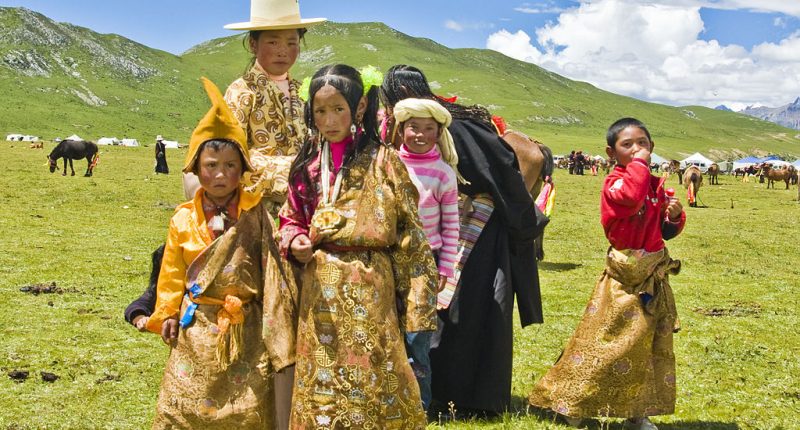

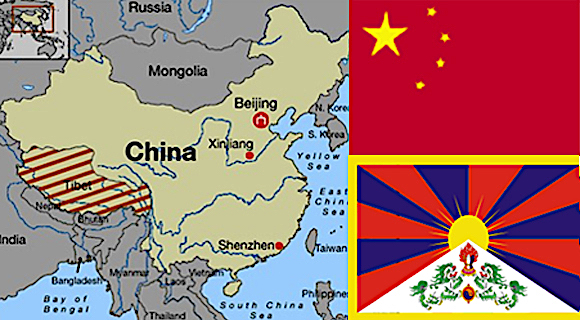


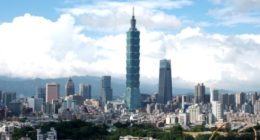


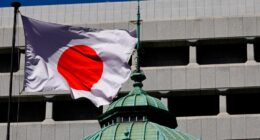


Comments are closed.